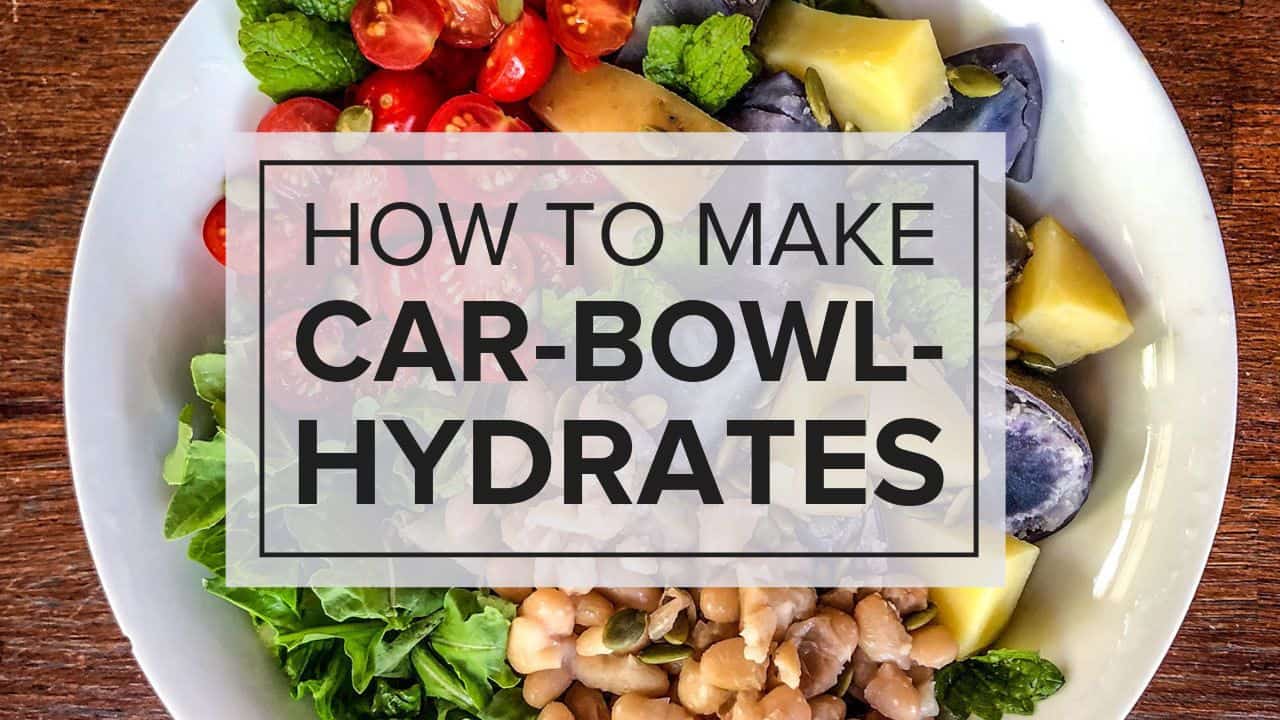
At Mastering Diabetes, we love helping people reverse insulin resistance prediabetes, type 2 diabetes, high cholesterol, and hypertension.
Did you know that adopting a diet that is high in whole carbohydrates is one of the most powerful solutions to reverse insulin resistance and its complications?
Using our evidence-based approach to eating a diet rich in carbohydrates and low in dietary fat (especially from animal sources), we have helped thousands of people with all forms of diabetes reverse insulin resistance, as well as reverse prediabetes, and type 2 diabetes.
If you haven’t heard this before, we define insulin resistance as the storage of excess fat in cells that are not designed to store large quantities of fat. Insulin resistance is primarily caused by a diet that is high in dietary fat and low in carbohydrates.
Unfortunately, a low-carbohydrate diet has become the standard recommendation to improve blood glucose control, even though ample scientific evidence shows that low-carbohydrate diets increase all-cause mortality.
Insulin resistance is the root cause of many commonly diagnosed health conditions like prediabetes, type 2 diabetes, hypertension, atherosclerosis, and fatty liver disease. In addition, insulin resistance can significantly increase your risk for heart disease, hypertension, high triglycerides, and atherosclerosis.
In addition to an increased risk for cardiovascular disease, low-carbohydrate diets increase your level of insulin resistance by increasing fatty acid accumulation in your muscle and liver, which in turn increases your risk for cancer.
Low-carbohydrate diets also significantly increase your risk for kidney failure due to high protein loads and chronic kidney inflammation, and cause low energy, impaired digestion, and intense food cravings over the course of time.
The good news is that eating a low-fat, plant-based, whole-food diet not only reverses insulin resistance, eating a plant-based diet has been shown to increase lifespan and increase the number of days you live on this planet.
Extensive research shows that increasing your intake of fruits, starchy vegetables, non-starchy vegetables, legumes, and intact whole grains has a tremendous insulin sensitizing effect, which is more powerful than any other intervention studied to date.
In addition, more recent studies have shown a correlation between dietary fiber and improved post-meal blood glucose. Remember – whole foods that are rich in carbohydrates are also high in fiber, which helps slow the rate at which glucose is absorbed into your blood, and acts as a food for your microbiome.
A 2017 randomized control trial in 19 individuals with type 2 diabetes assessed blood glucose levels following a meal low in fiber or high in fiber coming from either whole fruit (papaya and orange) or a powdered fiber supplement. Researchers observed an 18% decrease in blood glucose levels measured over 3 hours following both of the meals with high dietary fiber compared to the low fiber meal.
In this study, the improvements in glucose levels were accompanied by similar levels of insulin. While this is not a direct measure of insulin sensitivity, this data suggests that the insulin present was more efficient at lowering blood glucose after consuming the same amount of carbohydrates (with the same glycemic index and load). This study overall suggests that consuming more fiber, despite the often-demonized sugar in fruit, may actually increase insulin sensitivity.
For people living with all forms of diabetes, we recommend eating 70-80% calories from carbohydrates, a maximum of 10-15% of calories from fat, and a maximum of 10-15% of calories from protein. In addition, we recommend maximizing your intake of plants and minimizing or completely eliminating your intake of animal products altogether.
Introducing Car-Bowl-Hydrates
We love helping people learn how to create meals that the whole family can enjoy. Learning how to prepare food at mealtime that is full of flavor, variety, and loaded with carbohydrates is not only easy, it’s fun!
We are often asked, What should I eat? or How do I make delicious carbohydrate-rich meals?
When first adopting a low-fat, plant-based, whole-food diet, it can feel very confusing to know how to prepare meals that taste great and don’t take a lot of time.
While you’re transitioning your diet, it can feel very overwhelming to think about how to begin preparing food for yourself and your family.
Many questions come up in the process:
What exact meals should I prepare?
How can I make delicious meals using fruits and vegetables?
How can I stay satisfied between meals?
If you’ve ever asked yourself these questions, you’re not alone! We have found that keeping mealtime simple, efficient, and delicious is one of the keys to successfully adopting a low-fat, plant-based, whole-food lifestyle.
We want your transition be a fun, nutritious, and delicious process, and constructing a Car-Bowl-Hydrate is a simple and delicious way to approach mealtime.
We’re excited to introduce Car-Bowl-Hydrates – large bowls of delicious carbohydrate-rich food that are sure to be a crowd pleaser. In a Car-Bowl-Hydrate, you’ll have the opportunity to eat a large bowl full of delicious carbohydrate-rich whole foods, and maximize your intake of vitamins, minerals, fiber, water, antioxidants, and phytochemicals to help you reverse chronic disease like a champ.
We’re taking the guesswork out of the question, What should I make for dinner? and have combined delicious and nutritious foods into meals that look and taste great.
After all, what’s better than looking at a beautiful bowl of nutrient-dense food when you’re hungry at mealtime?
Here are some simple instructions to get you started immediately:
Step 1: Add 1-4 cups of calorie-dense green light foods, including:
Step 2: Add 2-4 cups of leafy greens
Step 3: Add 2-4 cups of non-starchy vegetables
Step 4: Add a non oil-based sauce or dressing
Step 5: Add your favorite herbs and spices
Step 6: Enjoy your next meal featuring your favorite carbohydrate rich whole foods
Leave a Comment Below

